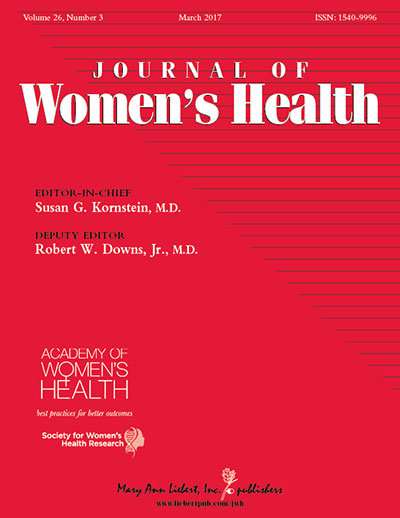Are women and minorities adequately represented in new drug testing?

A new study to assess the effects of U.S. Food and Drug Administration (FDA) regulations and guidance, intended to encourage greater inclusion of women and minorities in clinical drug trials, has shown appropriate levels of female participation based on the estimated sex ratio of people affected by a particular disease. In contrast, some racial minorities, and especially African Americans, remain under-represented in most drug development programs, according to the study published in Journal of Women's Health.
Emmanuel Fadiran, PhD and colleagues from the Center for Drug Evaluation and Research (CDER), and the Office of Women's Health, Office of the Commissioner of the FDA examined the demographic make-up of clinical trial participants and whether efficacy and safety data were obtained for both men and women for new drugs approved between 2013-2015 by CDER. To assess sex-based representation in drug efficacy and safety testing, the researchers determined the ratio of the proportion of women in clinical trials for a particular disease population relative to the estimated proportion of women in the disease population (PPR) for a new drug indication.
The authors reported that sex-based analyses for both efficacy and safety were conducted for the majority of new drug applications during the study period. Furthermore, representation of women in clinical trials was appropriate for more new drugs when the estimated disease prevalence by sex (PPR) was considered. These findings are presented in the article entitled "Representation of Women and Minorities in Clinical Trials for New Molecular Entities and Original Therapeutic Biologics Approved by FDA CDER from 2013 to 2015".
"The results presented by Fadiran et al. help to reassure us that women are being included at an appropriate level in all phases of clinical drug studies. However, it will be important going forward to remain vigilant to the potential for sex-based disparities in new drug development, and to address the ongoing under-representation of some racial minorities, especially when they may have a relatively high prevalence for a particular drug indication," says Susan G. Kornstein, MD, Editor-in-Chief of Journal of Women's Health, Executive Director of the Virginia Commonwealth University Institute for Women's Health, Richmond, VA, and President of the Academy of Women's Health.
More information: Alice Chen et al, Representation of Women and Minorities in Clinical Trials for New Molecular Entities and Original Therapeutic Biologics Approved by FDA CDER from 2013 to 2015, Journal of Women's Health (2017). DOI: 10.1089/jwh.2016.6272



















